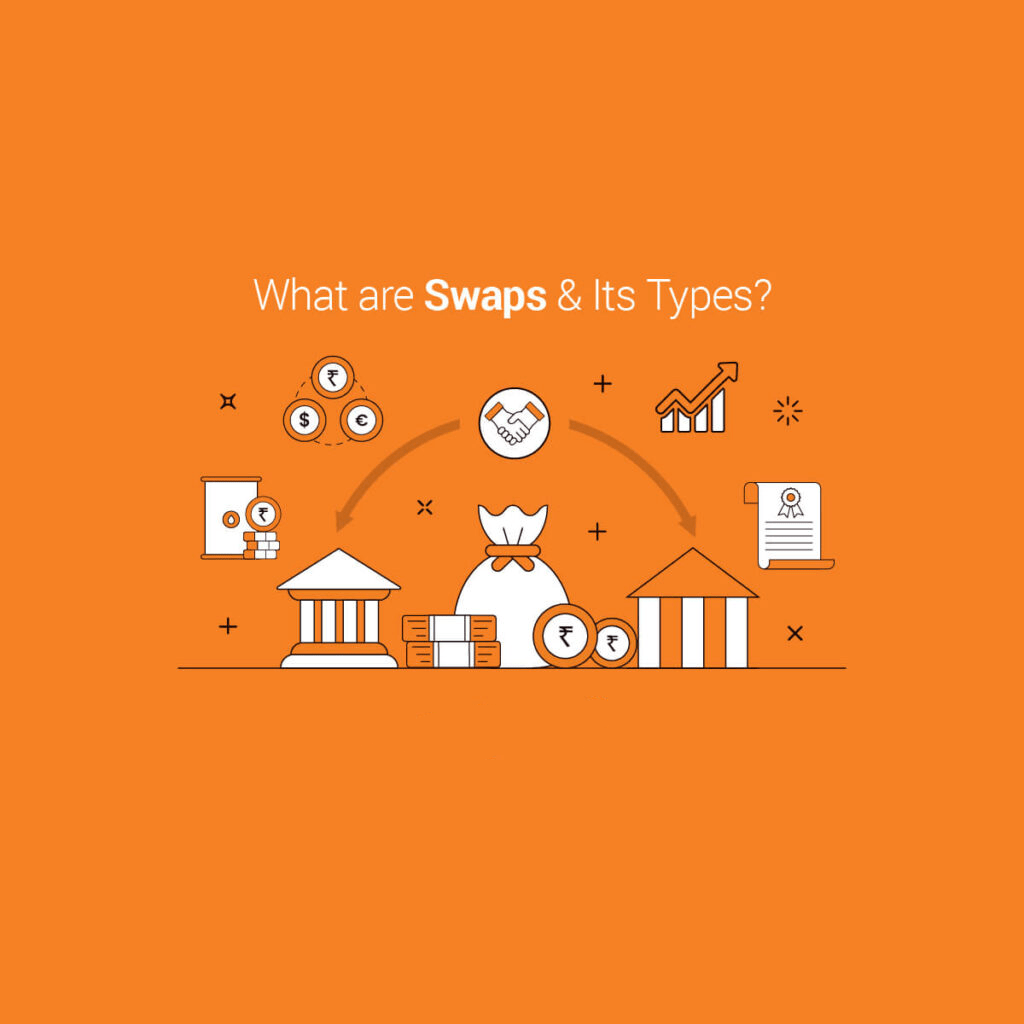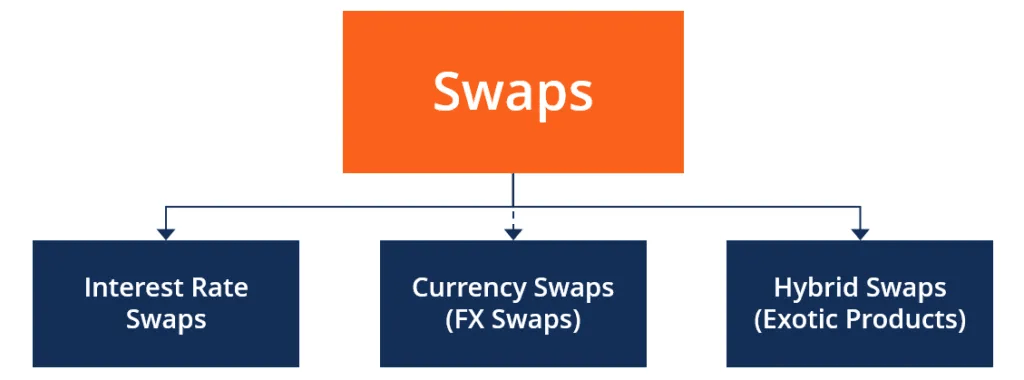What Are Swaps in Finance? Beginner’s Guide
What Are Swaps in Finance: A Beginner’s Guide to Navigating the Trading World
In the fast-paced realm of finance, it’s crucial to have a firm grasp on various financial instruments. One such instrument that has gained popularity among traders is the swap. But what are swaps in finance, you ask? In this article, we’ll break down the concept of swaps, explore their different types, and shed light on how they can be used to manage risks and optimize investment strategies. So, fasten your seatbelt as we delve into the fascinating world of swaps!
Understanding Swaps
Swaps are financial contracts between two parties, often corporations or financial institutions, that involve the exchange of cash flows. These cash flows are typically tied to different variables, such as interest rates, exchange rates, or even commodity prices. Essentially, swaps enable participants to exchange the risk associated with these variables, providing them with greater flexibility in managing their financial positions.

The Different Types of Swaps
Now that we have a general idea of what swaps are, let’s explore the most common types you’re likely to encounter in the trading world.- Interest Rate Swaps: Interest rate swaps are the heavyweights of the swap world. They involve the exchange of fixed and floating interest rate payments between two parties. This type of swap is commonly used to hedge against interest rate fluctuations or to achieve a desired interest rate exposure. It’s like adjusting the volume on your stereo to find the perfect harmony between stability and flexibility.
- Currency Swaps: If you’ve ever traveled abroad, you know the hassle of dealing with currency exchange rates. Well, currency swaps come to the rescue! These swaps allow participants to exchange principal and interest payments in different currencies. They are often used by multinational corporations to manage foreign exchange risk when conducting international business transactions. It’s like having a universal translator for your money!
- Commodity Swaps: Imagine you’re a farmer who wants to protect yourself from the volatility of crop prices. Enter commodity swaps! These swaps enable participants to exchange cash flows based on the price of a specific commodity, such as oil, natural gas, or agricultural products. They offer a means of hedging against price fluctuations, ensuring a more stable income stream. It’s like putting a safety net under your harvest!
